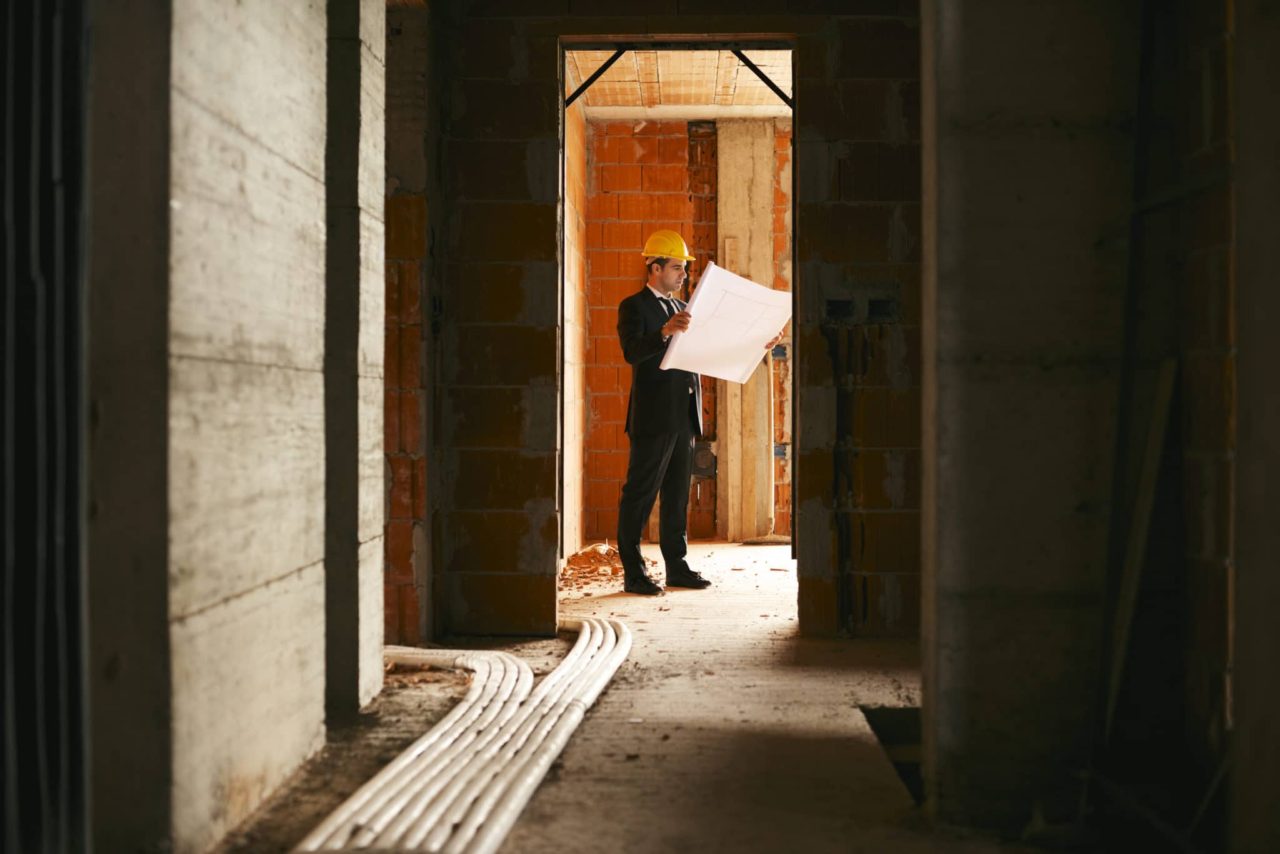When you’re ready to embark on a construction project, there are several phases that lead up to finally breaking ground. You work to hire the right team, you connect with the city to acquire the correct permits, and you purchase small business insurance policies to protect you as you work toward project completion.
You’ve heard of both builder’s risk insurance and commercial general liability (CGL) insurance—but which one do you need? Learn what is covered, which one you need, and if you can have both in this article.
What Is Builder’s Risk Insurance?
Builders risk insurance is a short-term policy used within the construction industry to protect several entities during the building process. The construction company along with any contractors and subcontractors are all protected should there be losses encountered throughout the construction phase.
Any new construction project is high-risk, and a builder’s risk insurance policy can protect you as you work toward erecting a new building. You may think with general liability insurance, you’re covered—but it’s important to understand what the difference is between these two policies to make sure every aspect of your project is financially protected.
What Is Covered Under Builder’s Risk Insurance?
The coverage offered when you purchase this type of small business insurance varies depending on the construction project and who you choose as your insurance provider. Generally, you’ll find that builder’s risk insurance policies cover events that may occur through no fault of your own; however, it is possible some policies may cover some construction defects, though it’s vital you always read everything that is expressly written in your policy to be sure.
If you experience losses or damage through the construction phase, your policy is likely to cover the following:
- Materials and fixtures
- Equipment before and after installation
- Structure
- Important documents
- Costs related to architect/engineers
- And more, depending on the policy you choose
What Are Some of the Main Differences Between CGL and Builder’s Risk Insurance?
Builder’s insurance covers the phase of construction, which includes the materials you use, the equipment required throughout the build-out phase, and other property related to the building phase. It is designed to protect your interests, including all equipment/materials and includes the total value of the property being built.
A CGL policy covers any bodily damage that occurs because of workplace accidents and any property damage that is not covered under your builder’s risk insurance policy. This policy may also include protection against any lawsuits pertaining to false advertising, libel, or even copyright infringement.
Often, contractors only take out a CGL policy, thinking that it contains all the coverage they need. However, to ensure you are well-protected, you require both policies to cover any type of event, including property damage and bodily damage.
The Bottom Line
Protecting yourself with small business insurance requires you to understand each policy to select the best coverage and move forward with confidence. When you have doubts about your policies, it’s crucial you connect with a trustworthy insurance provider to get your questions answered and get every nook and cranny of your project protected.
Get in touch with Bethany Insurance to see how builder’s risk insurance can give you extra support and peace of mind.



